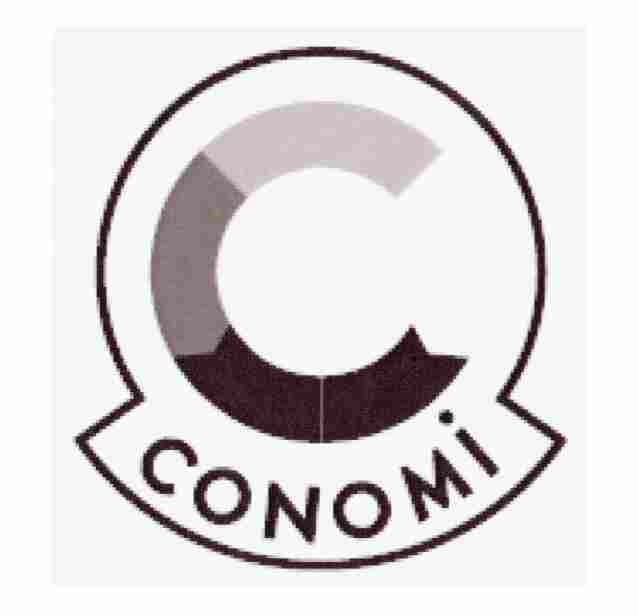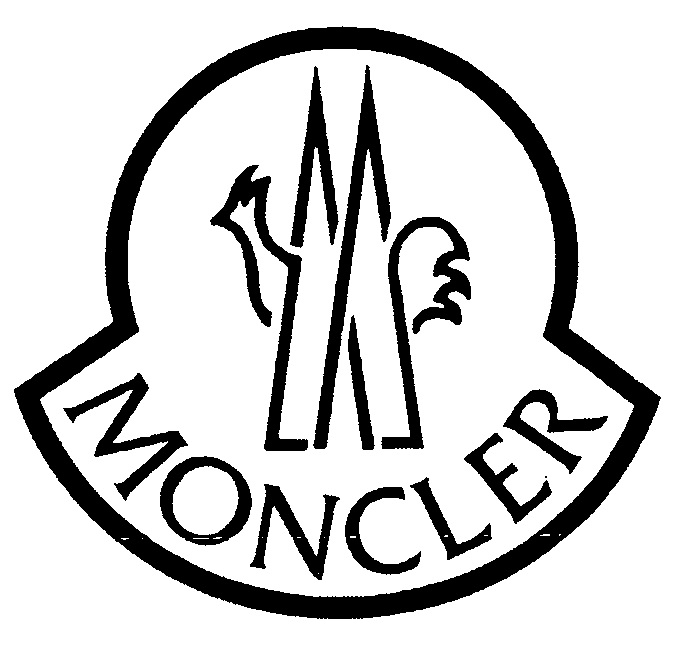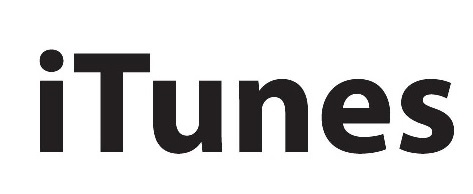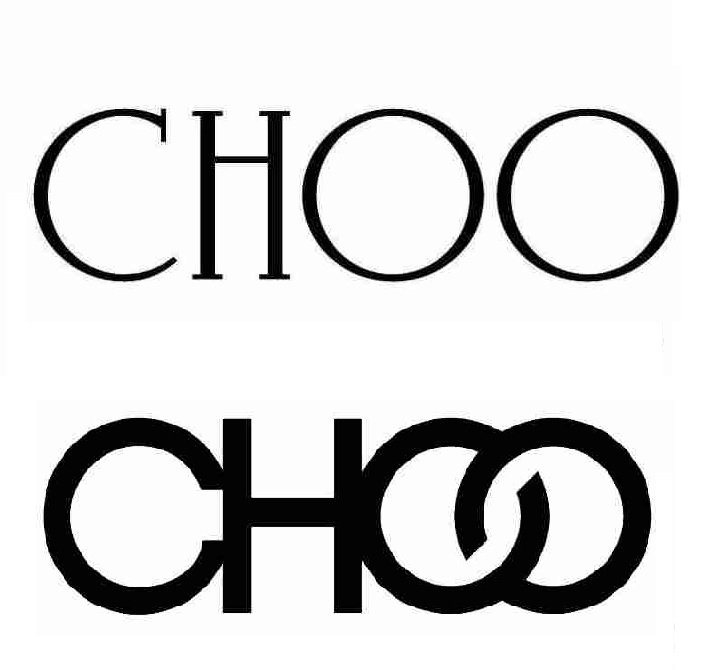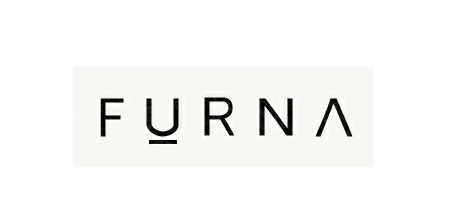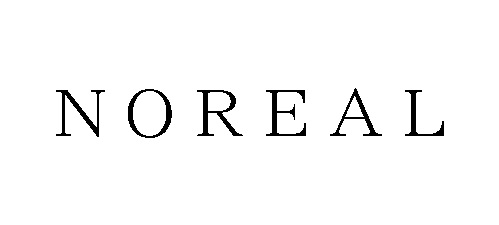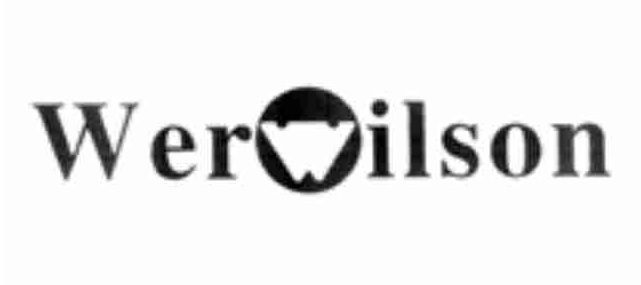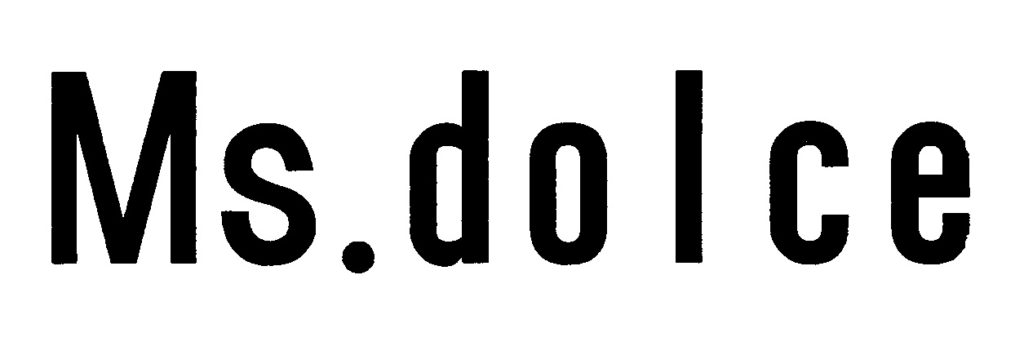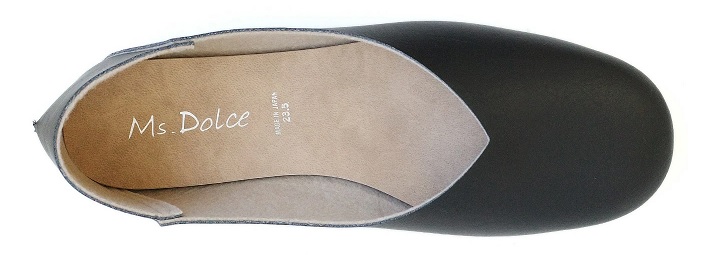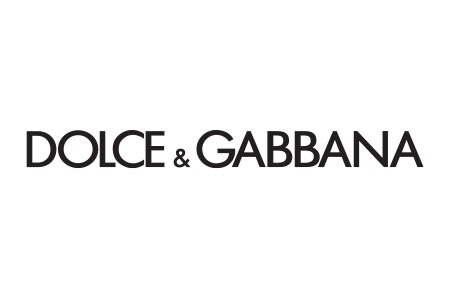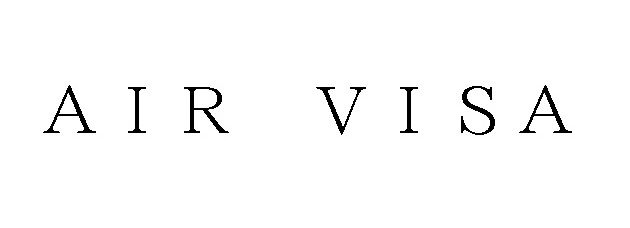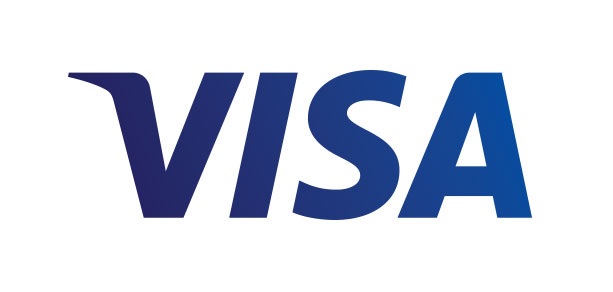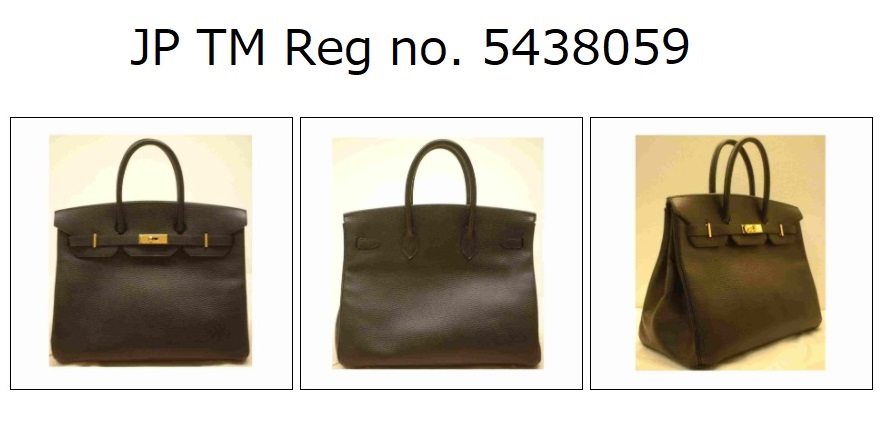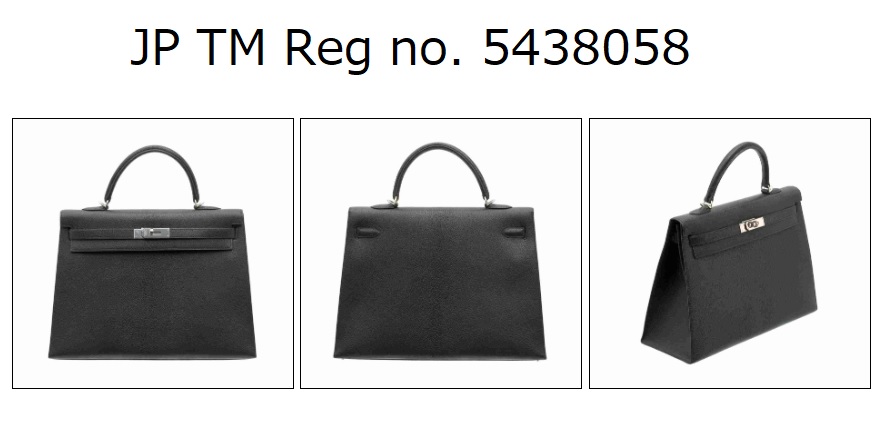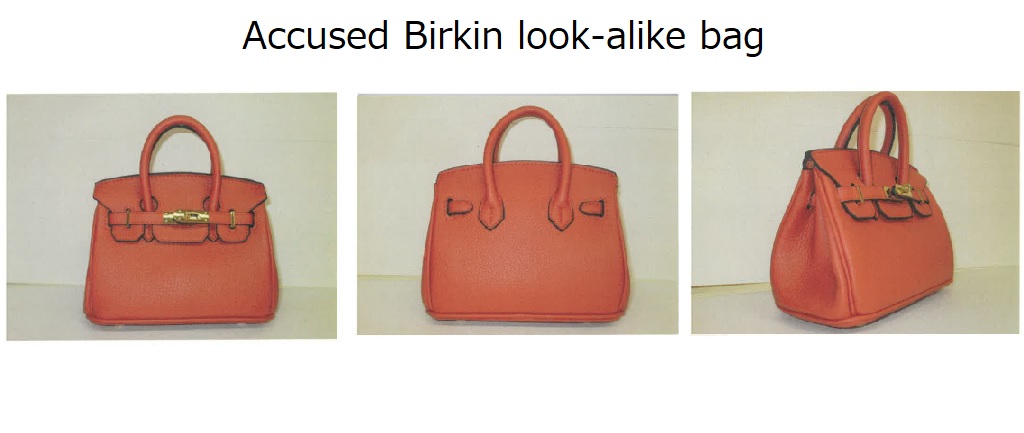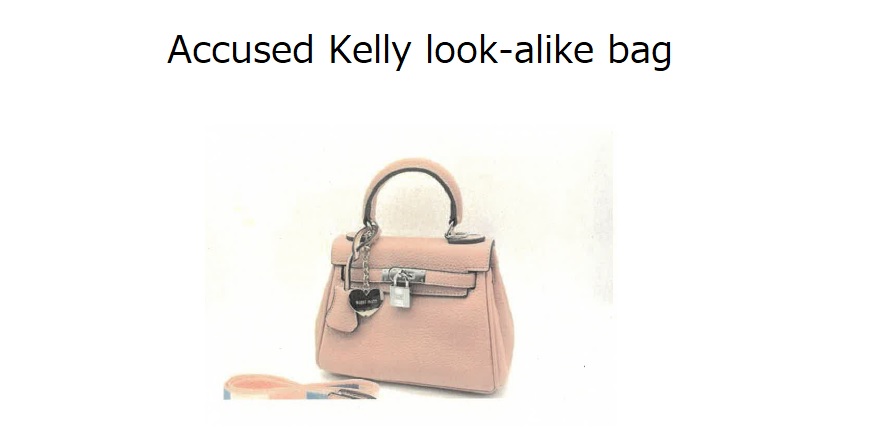The Japan Patent Office (JPO) dismissed an opposition filed by HBI Branded Apparel Enterprises, LLC against TM Reg no. 6560200 for the C device mark due to dissimilarity to and the unlikelihood of confusion with the iconic “C” emblem of Champion.
[Opposition case no. 2022-900315, decided on May 22, 2023]Opposed mark
DAIEI TRADING CO., LTD. a Japanese company, applied a device mark consisting of the “C” curved line and a heart & circle placed vertically inside of the line (see below) for use on apparel, footwear, sports shoes, and sportswear in class 25 with the JPO on December 8, 2021.
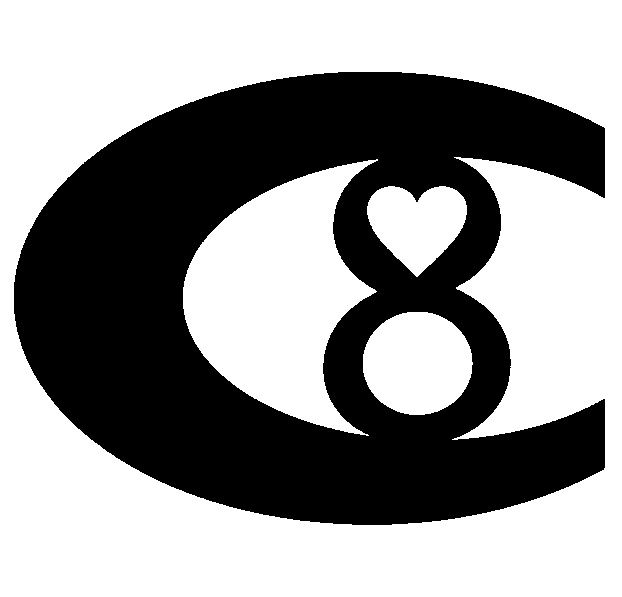
The JPO examiner did not raise any objection to the mark at all in the course of the substantive examination.
Accordingly, the mark was registered on May 23, 2022, and published for post-grant opposition on May 31, 2022.
Opposition by Champion
HBI Branded Apparel Enterprises, LLC filed an opposition against the opposed mark on August 2, 2022.
HBI argued the opposed mark shall be canceled in contravention of Article 4(1)(vii), (x), (xi), (xv), and (xix) of the Japan Trademark Law on the grounds that a high degree of similarity between the opposed mark and the iconic “C” emblem (see below) becoming famous as a source indicator of the Champion brand in connection with casual wear, sportswear, and other related goods would inevitably cause confusion among relevant consumers when the opposed mark is used on goods in question.
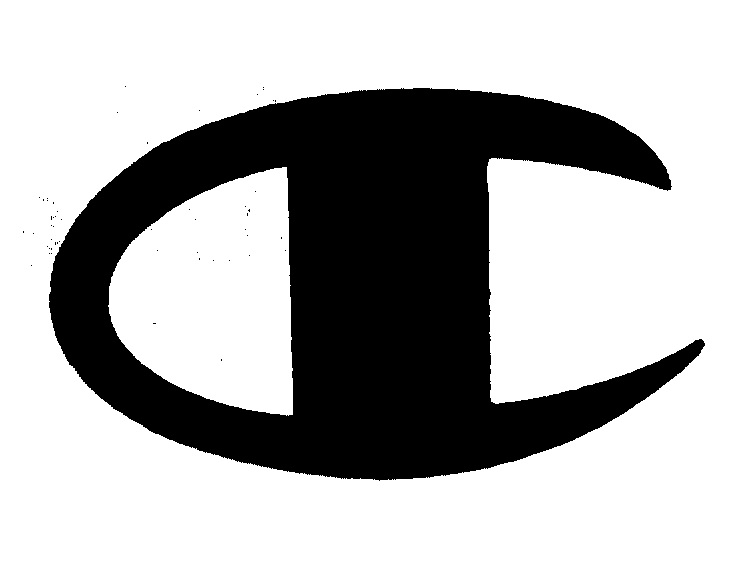
JPO decision
The JPO Opposition Board admitted that the “C” emblem has acquired a high degree of reputation as a result of substantial use in Japan for more than four decades and become famous as a source indicator of the opponent.
In the meantime, the Board negated the similarity between the marks by stating that:
From the appearance, both marks contain a curved line that looks like a “C” letter; however, the respective line looks totally different by means of a wide difference in line thickness. Besides, there is a clear difference between figurative elements depicted inside of the line (a heart & circle device placed vertically in the opposed mark, a thick vertical line in the cited mark). Therefore, the two marks are visually distinguishable.
Conceptually, the opposed mark does not give rise to any specific meaning. Meanwhile, the cited mark has the meaning of ‘famous brand of the opponent.’ If so, both marks are dissimilar in concept.
Based on the foregoing, the Board has a reason to believe that the opposed mark is dissimilar to the cited mark, even if they cannot be compared in terms of pronunciation.
In a global assessment of the likelihood of confusion, the Board found:
Even if the cited mark is widely recognized among consumers in Japan as a source indicator of the Champion’s business, given the low degree of similarity to the opposed mark, it would be unlikely that relevant traders and consumers at the sight of the opposed mark used on goods in question immediately associate or recall the cited mark or the opponent business.
If so, it is reasonable to consider that relevant consumers are unlikely to confuse the source of the goods bearing the opposed mark with Champion or another entity systematically or economically connected with the opponent.
Based on the foregoing, the JPO dismissed the entire allegations and decided the opposed mark shall remain valid as the status quo.

